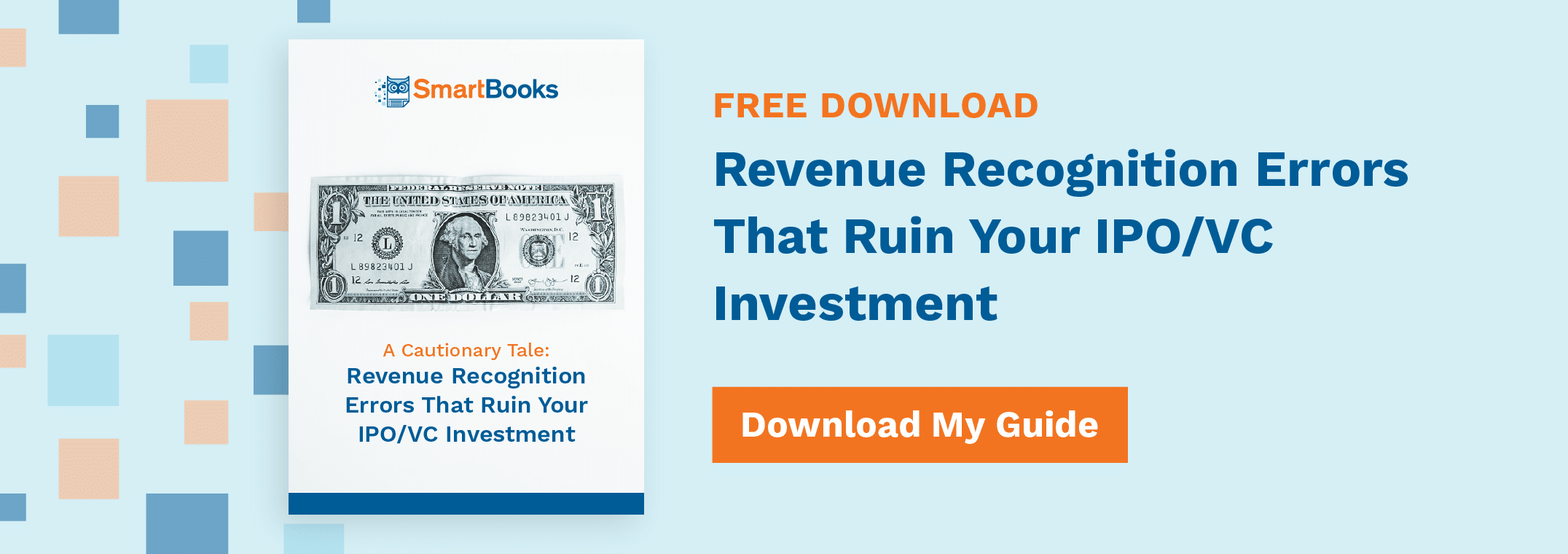Preparing & Reviewing An Accounts Receivable Aging Report

It doesn’t take long in the business lifecycle for small business owners to get acquainted with their accounts receivable (AR) aging reports.
Accounts receivable aging reports offer a simple way for business owners to get a top-level view of expected income, outstanding debts, and overall customer adherence to your company’s collection policies. It’s one of the most straightforward ways to track whether your customers pay on time, as well as being a crucial report for tracking income flows. It’s to every small business owner’s benefit to get acquainted with this report and its uses as a performance indicator.
Understanding the Accounts Receivable Aging Report
An AR aging report categorizes how much money is owed from every customer on record, credit memos, and how long each invoice has been active. (The “age” of your outstanding balances.)
It’s a simple financial report that comes standard with most accounting software packages. Any customer debts listed in the report are considered assets; you don’t have the cash in hand yet, but the assets are easily convertible to cash.
Companies that handle billing primarily through invoices will need to keep a close eye on the AR aging report; they’ll have plenty of outstanding debts to track. Other companies dealing more with third-party vendors (like credit card processors) may not have as many line items to track. But most businesses rely on a combination of both, and when set up correctly, the AR aging report offers great insight into how to improve collection rates, cash flow, and predictability across reporting periods.
Sample: Putting Together an Accounts Receivable Aging Report
Start by running an AR report in your accounting software. You’ll note the AR aging report offers several important pieces of information:
- Client name
- Invoice numbers/invoice dates
- Total accounts receivable amount
- Days outstanding
The first three are self-evident, but the days outstanding metric is usually split up into further buckets based on date ranges:
- Current: Due now
- 1-30 days: Due within 30 days
- 31-60 days: A month overdue
- 61-90 days: Two months overdue
- 91+ days: More than two months overdue
Reports can be generated for any date ranges your company needs. For example, if your client contracts stipulate payments every two weeks instead of every month, you can easily adjust your AR aging report to delineate 15-day time periods.
Here’s a sample of a basic AR aging report with 30-day intervals:
| Client Name | Total AR | 0-30
Days |
31-60
Days |
61-90
Days |
90+
Days |
| Michael Scott Paper Co. | $35,000 | $20,000 | $15,000 | ||
| Schrute Farms | $29,000 | $20,000 | $9,000 | ||
| Bob Vance/Vance Refrigeration | $70,000 | $42,000 | $19,000 | $9,000 | |
| Serenity by Jan | $2,000 | $2,000 | |||
| Total | $136,000 | $62,000 | $54,000 | $18,000 | $2,000 |
More extensive reports may include other elements more specific to your business, like notes on lines of credit.
Insights from the Accounts Receivable Report
Your accounts receivable key performance indicators offer great financial insights you can use for big-picture decisions.
Collection Policies
If you find your clients commonly miss payments, it could be a sign your collection policies are inadequate. Many of your customers will pay on time, but others may wait until the second invoice or until you call them directly; the longer they stall successfully, the more likely it is to happen again. Use your AR aging report as a tracking tool for on-time payments and follow up with clients immediately if they forget.
Credit Allowances
Many companies extend lines of credit to trusted customers that can’t pay in full. This arrangement can be beneficial for everyone. But when a customer takes advantage of this, it puts the company in an awkward position. Use your accounts receivable report to track how frequently customers pay their debts on time, and how often they’re delinquent. Doing so will help you better manage credit lines for each customer as well as help you reconcile bad debts on your balance sheet.
Establish Good Accounting Practices
If you’re just starting out or unfamiliar with accounting for businesses, your accounts receivables report can be a great place to start setting good accounting practices.
For example, if customers continually miss deadlines, you can set up automated email reminders in your accounting platform to notify them before payments are due. This simple tool costs nothing to implement, but it can easily improve cash collection when used with forgetful clients.
This is also the perfect time to set up a framework for overdue collections. If clients are 30+ days overdue, put them on a weekly call list. If they’re 90+ days overdue, you may want to put their accounts on hold until payments are received.
You get the idea.
Accounts Receivable is All About Responsibility
At its core, accounts receivable reporting is about responsibility: the responsibility of your customers to you, and your responsibility to make expectations clear. Look at your accounts receivable aging report template and ask yourself whether it’s meeting these goals. Your accounts receivable performance metrics should be a cornerstone reporting tool in your financial toolkit. Make sure you’re using them right.
Set more good accounting practices by avoiding the errors in our free guide.
